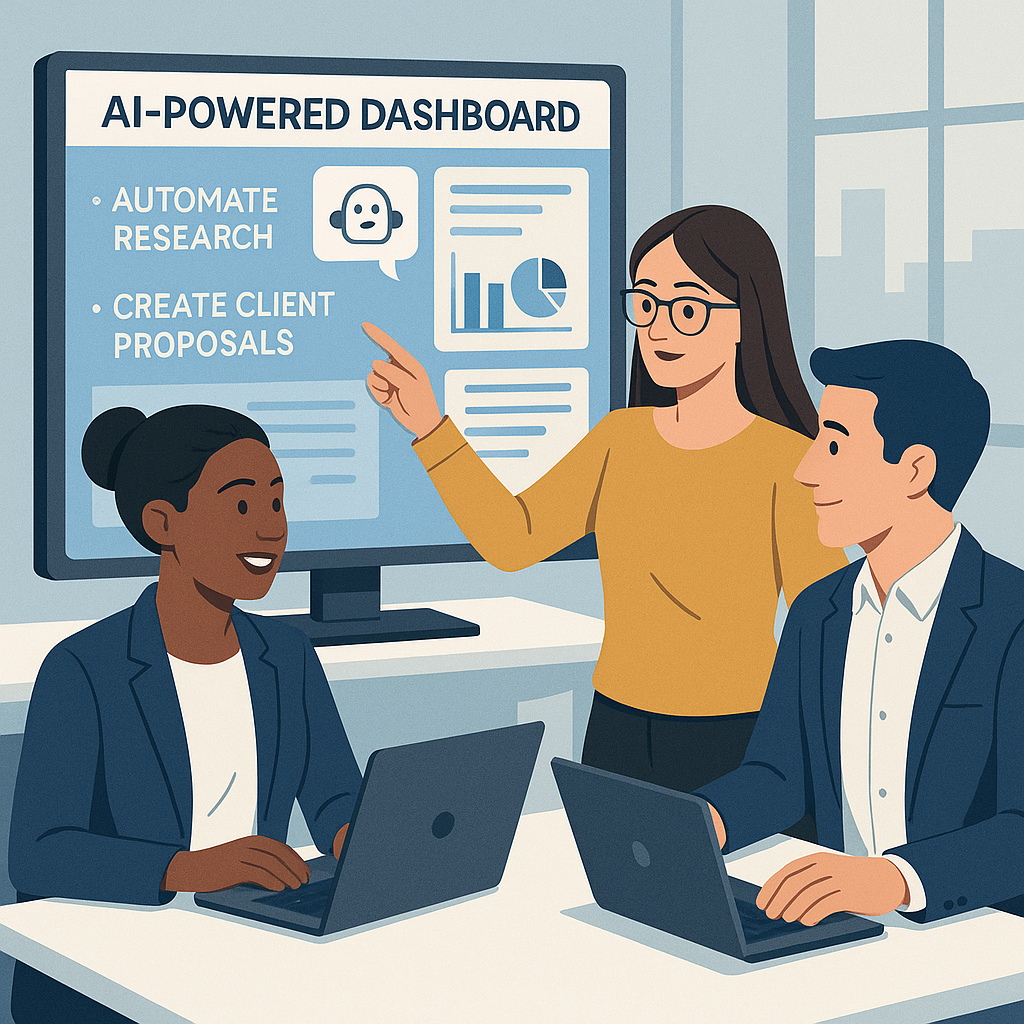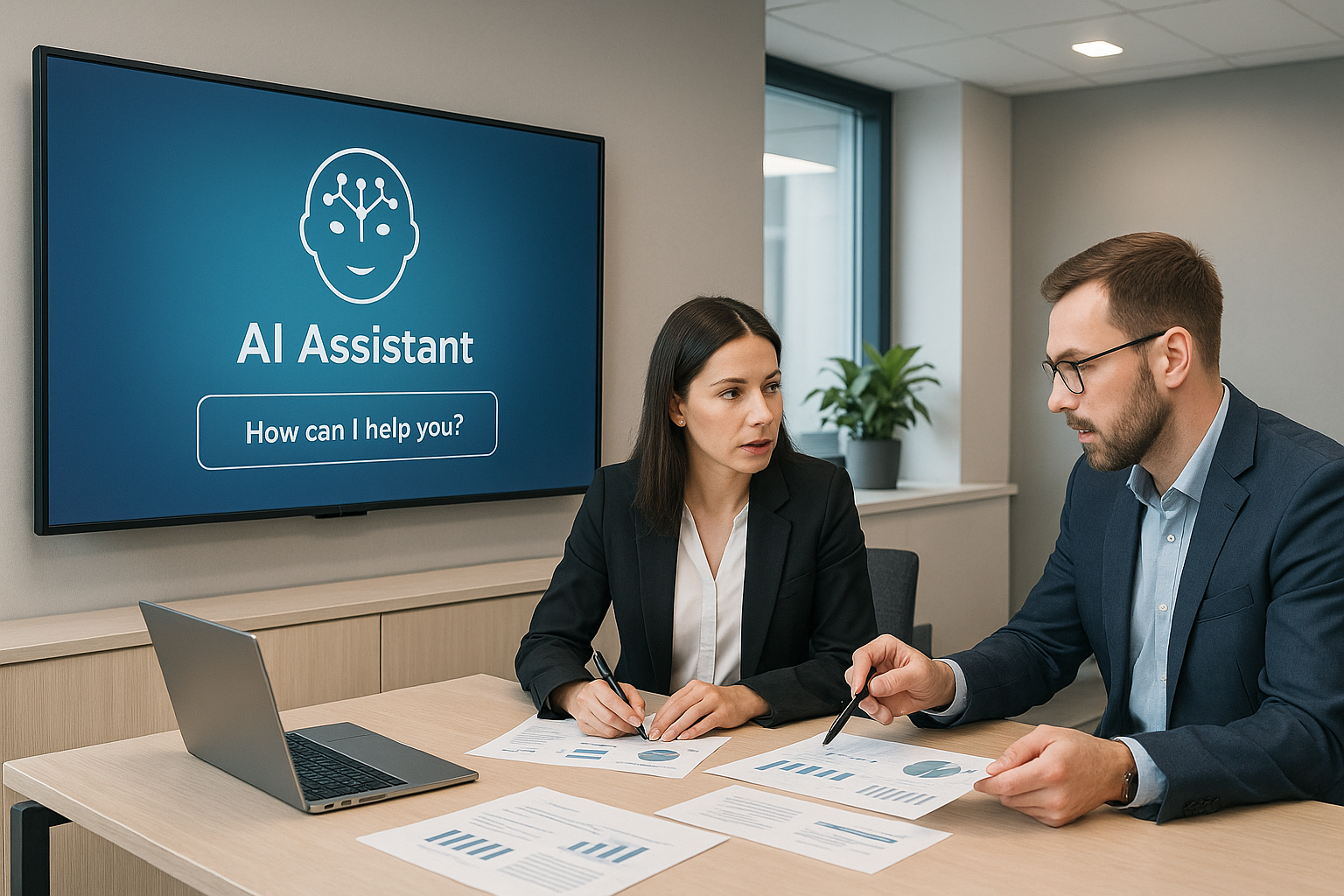The consulting industry is experiencing a sea change, and mid-sized firms stand at a crossroads. Clients are more discerning than ever, demanding not just insightful recommendations but the operational speed and data sophistication once reserved for the largest strategy players. Against this backdrop, the emergence of generative AI technologies offers both a challenge and an unmatched opportunity. For managing partners and innovation leads in mid-sized consulting firms, there is a pressing question: how can you capture the value of AI quickly, safely, and with discernible ROI? The answer, for many, is to deploy an automated AI research assistant—a generative AI tool that liberates consultants from research drudgery and delivers rapid, actionable insights for client work.
Why Consulting Firms Can’t Wait on AI Any Longer
It wasn’t long ago that the terms AI and consulting rarely crossed paths, except perhaps in PowerPoint slides describing the future. Today, that future is here. Consulting clients—especially in sectors like finance, healthcare, and technology—expect proposals and deliverables enriched by AI-driven insights. The lines have shifted: AI-powered research, competitor benchmarking, and industry trend analyses are no longer differentiators; they are table stakes for winning new business.
This imperative is especially clear during competitive bake-offs, where buyers pit multiple consulting teams against each other. Early adopters of AI aren’t just winning more frequently—they’re setting new standards for research velocity, data accuracy, and proposal creativity. Meanwhile, mid-sized firms face margin pressures and need every tool available to extend their consultants’ reach. The good news? The rise of cloud-based large language models (LLMs), available through mature APIs, drops the barrier to entry. Firms no longer need in-house data science teams or massive infrastructure investments to compete.

Selecting the Right First Use Case: Automated Research Assistant
The path to AI adoption starts with the right use case—one that is manageable, impactful, and demonstrably valuable. For most firms, an automated research assistant epitomizes this profile. Why?
First, consultants spend an enormous portion of their time gathering information, scanning news sources, digesting competitor activities, and crafting the backbone of proposals. This is high-value knowledge work—but much of it is repetitive and ripe for automation. An AI research assistant can swiftly pull, summarize, and contextualize data from diverse, trusted sources, trimming hours or even days from the proposal process.
Second, the research domain is relatively contained. Unlike more ambitious AI deployments that require sensitive client data or custom modeling, automated research assistants work well within general business intelligence boundaries. This confines operational risk and simplifies governance compared to enterprise-wide automations.
Finally, the output is directly client-facing. Faster, richer, and more accurate research not only improves internal efficiency but also becomes a tangible point of differentiation in client presentations and proposals. In a services business, where time is money and impressions matter, this is a compelling combination.
Architecture & Tooling on a Mid-Market Budget
Building an effective AI research assistant does not have to break the bank. The modern toolkit for mid-sized consulting firms is powerful and resource-efficient:
Most commonly, the engine at the heart of the research assistant is a commercial LLM API, such as OpenAI’s GPT series or Google’s Gemini. These cloud-based models offer enterprise connectivity, robust documentation, and the competitive advantage of frequent updates. For firms with strict data privacy requirements, private-cloud LLM options exist from various vendors, but these come with higher setup and maintenance costs. The decision often hinges on the sensitivity of the data involved and client compliance obligations versus the speed and economy of SaaS platforms.

To transform these LLMs into consulting tools, the architecture typically relies on retrieval-augmented generation (RAG). Here, the AI model doesn’t just answer questions based on its training, but fetches current, firm-approved information from your secure document repositories and trusted market data feeds. This prevents hallucinations and ensures your research outputs are rooted in real, verifiable sources.
Smart process automation is another pillar, with Robotic Process Automation (RPA) tools used to ingest, scrape, and structure source material such as news alerts, earnings reports, and market analysis. This automated data flow means less manual research and cleaner, more consistent input for the AI assistant.
Don’t overlook governance, either. Any professional AI deployment must offer audit logging to track research queries and outputs, role-based access management to protect firm and client data, and clear procedures for model updates. Most mature AI platforms provide these features out of the box, but firms must still define access policies and review mechanisms tailored to their client commitments and regulatory landscape.
Change-Management & ROI Tracking
The technology is only half the equation—the other half lies in driving adoption among your consultants and demonstrating real business value. Change, even when positive, rarely happens automatically. Start with a clear 30-60-90 day adoption roadmap:
- First 30 days: Build excitement with hands-on demos and pilot workshops. Encourage consultants to use the research assistant for one or two real client scenarios. Capture immediate feedback and surface quick wins—perhaps a story of a proposal prepped in half the usual time, or a client manager impressed by a new research angle the AI unearthed.
- At 60 days: Track productivity KPIs that matter to your firm. A primary metric is hours saved—a direct measure of consultant capacity reclaimed for value-added work. You can also monitor the number of deliverables produced, average proposal turnaround times, and user adoption rates across teams.
- By day 90: Begin storytelling to the broader firm and stakeholders: share anonymized stats, consultant testimonials, and examples of how AI-enabled research enhanced client outcomes. Use these narratives to win buy-in for next-phase funding, whether for deeper automation, vertical-specific models, or expanding the AI research assistant across practices.
Launching an AI research assistant in your consulting firm is not just a technical project—it is a statement of intent. Done right, it turns AI from an abstract risk into a practical partner, delivering cost savings, speed, and a foundation for broader transformation. The window for easy wins won’t stay open forever. Now is the time for mid-sized consulting firms to make AI a part of their everyday toolkit, starting with the research that underpins your client success.
Ready to see how AI-enabled research could reshape your consulting practice? Contact us today to schedule a personalized demo and discuss the right launch strategy for your firm.
Sign Up For Updates.


